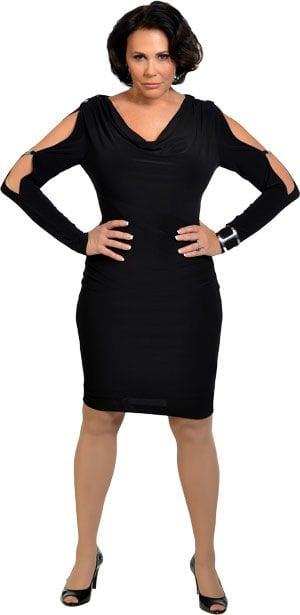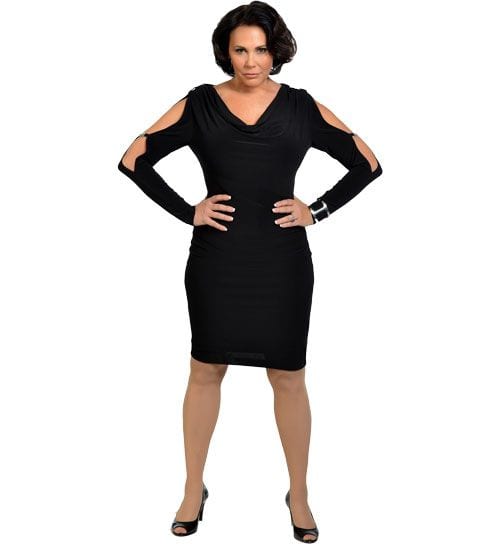Using Nonverbal Communication to Convey Competence, Confidence, and Strength
Just the name “power pose” sounds tough, doesn’t it?
It’s becoming a ubiquitous buzzword these days, particularly in business circles, but it’s no empty phrase; the many benefits of power posing for leaders in professional settings are strongly supported by an increasing amount of scientific research.
Learning about power poses and practicing them until they become a natural part of your nonverbal communication helps you become the most effective leader you can be.
 What Is Power Posing?
What Is Power Posing?
Power posing is pretty much exactly what it sounds like: taking a particular stance and using body language to convey strength, competence, confidence, authority, dominance, aggression, and similar alpha-characteristics prized in a leader.
The technique relies heavily on expansive body language that has you filling up more physical space. Typical aspects of power posing include sitting or standing up straight with your shoulders pushed back and chest out, spreading your feet apart wider than your shoulders, putting your hands out to the side or on your hips, and leaning slightly forward. Palms-down hand gesturing, locking in eye contact, and maintaining a straight face are other standard parts of a power pose.
What Do Power Poses Accomplish?
Long before the term “power pose” was coined, body language experts recognized that certain postures and gestures demonstrate dominance. These are essential leadership tools, solidifying the position at the top and commanding respect and attention. Any highly effective leader reinforces verbal communication with this sort of nonverbal communication.
But as the field of body language applications in professional settings has been developing, particularly as it pertains to business and politics, new research continues to assign new benefits to power posing.
Simply adopting a power pose doesn’t just enhance the appearance of strong performance, it actually enhances performance. For example, job seekers have been shown to fare better in interviews and be more likely to get hired if they hold power poses for a few minutes beforehand, even without the interviewer ever seeing these poses struck. Power posing before tests have increased scores for students, too.
It turns out that power posing doesn’t just make you look different, either; your chemical makeup alters. Taking on power posturing triggers physiological changes, including increased testosterone levels and decreased cortisol levels. Testosterone, of course, is a hormone associated with aggression, confidence, competitiveness, and drive. Cortisol is known as “the stress hormone,” and in elevated levels, it contributes to various symptoms of stress and other health problems.
So, power posing is not only an effective way for leaders to establish, maintain, and wield their position, it also helps them do a better job there.
